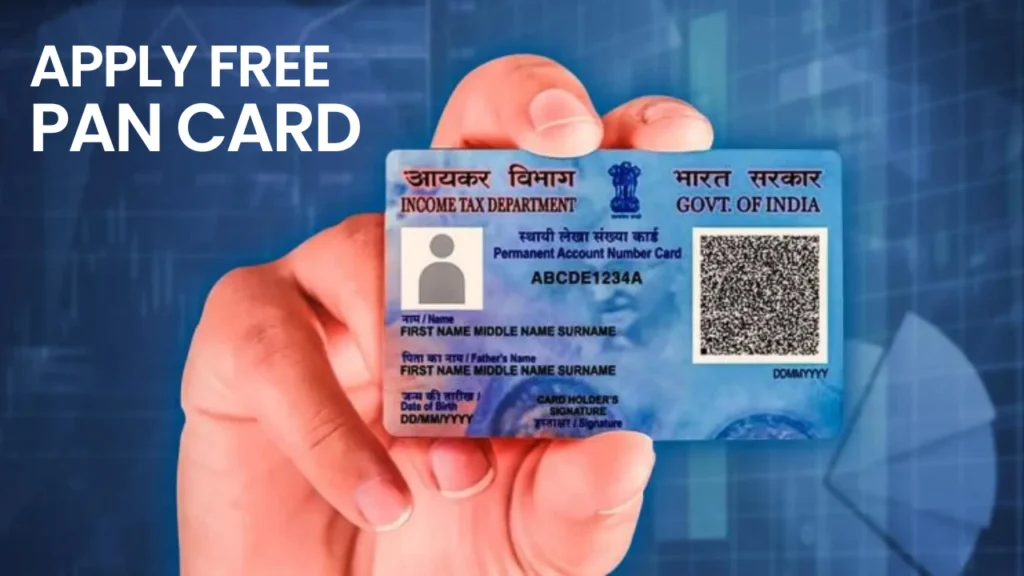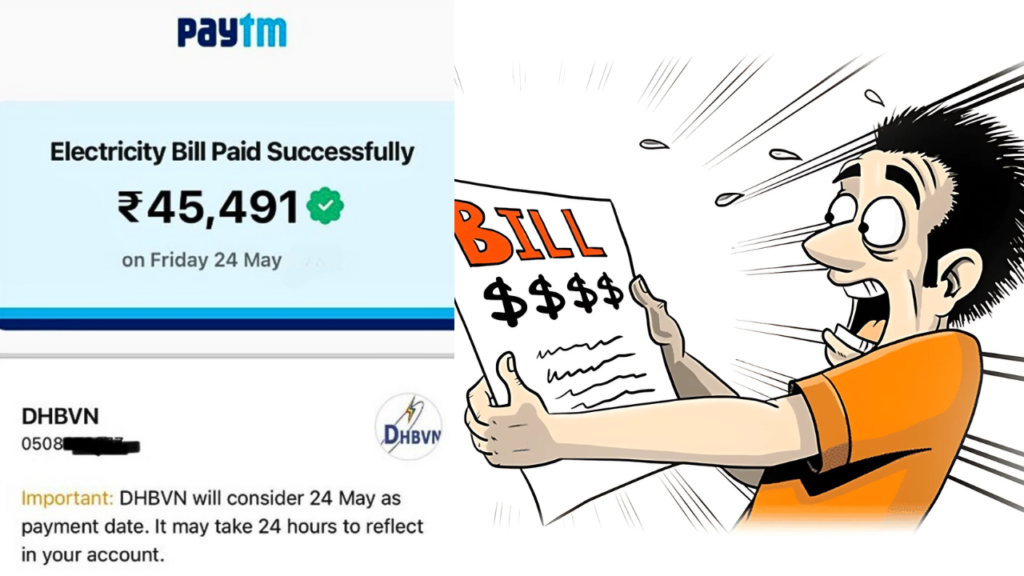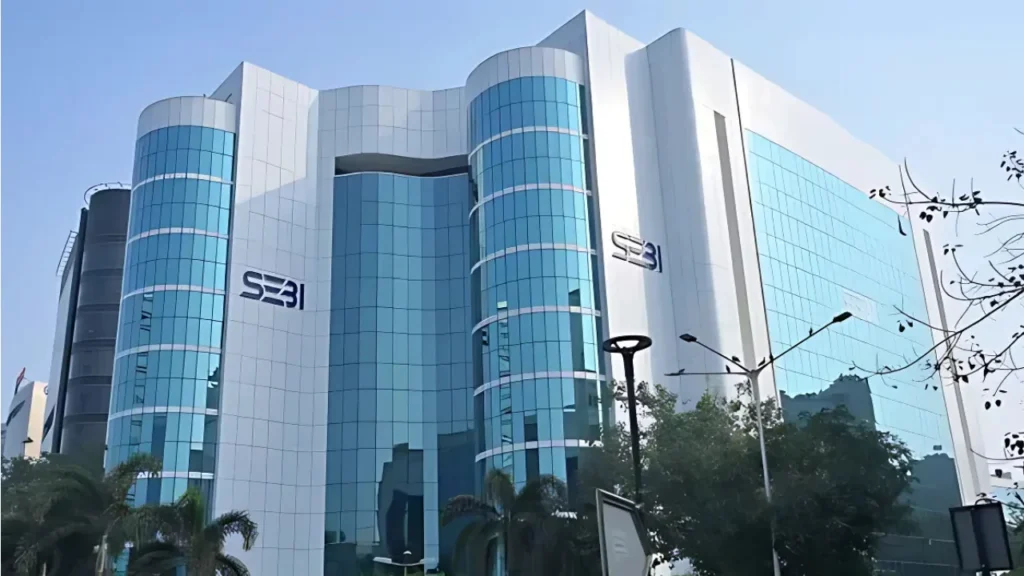The introduction of the Goods and Services Tax (GST) in India brought significant changes to various industries, including the real estate sector. Before GST, multiple indirect taxes such as VAT, service tax, and stamp duty applied to property transactions, leading to a complex tax structure. With GST, the aim was to streamline taxation, improve transparency, and reduce tax cascading. However, the real estate sector has witnessed mixed effects due to GST implementation. This article explores the impact of GST on real estate, covering residential and commercial property transactions, taxation rates, and key benefits and challenges.
Understanding GST in Real Estate
GST applies to the construction and sale of properties, but its applicability varies based on the type of transaction. Unlike the previous tax regime, GST eliminates the overlap of multiple taxes, simplifying compliance for buyers, builders, and developers. However, GST does not replace all property-related taxes—stamp duty and registration charges continue to apply. Buyers and developers need to understand these implications to ensure compliance with tax regulations.
GST Rates on Real Estate Transactions
The GST Council has set different tax rates for various real estate transactions:
- Under-Construction Properties: Affordable housing: 1% GST (without input tax credit)
- Other than affordable housing: 5% GST (without input tax credit)
- Completed and Ready-to-Move Properties: No GST is applicable, as GST only applies to the sale of under-construction properties.
- Commercial Properties: GST at 12% applies to commercial properties under construction.
- Rental Properties: Residential properties rented for personal use are exempt from GST.
- Commercial property rentals attract 18% GST if the annual rental income exceeds ₹20 lakhs.
Impact of GST on Homebuyers
- Increased Transparency: GST has replaced hidden costs associated with service tax and VAT, making property pricing more transparent. This has helped reduce buyer confusion and build trust in the real estate market.
- Lower Cost for Affordable Housing: The reduced 1% GST rate on affordable housing encourages homeownership and promotes the government’s vision of “Housing for All.”
- No Tax on Ready-to-Move Homes: Buyers of completed properties do not have to pay GST, reducing the overall cost. However, they still need to pay stamp duty and registration charges, which can be a significant expense.
- Higher Costs for Under-Construction Properties: While GST has streamlined taxation, the elimination of input tax credit has increased costs for under-construction properties compared to the pre-GST era. This has led to concerns among developers and homebuyers.
Impact of GST on Builders and Developers
- Reduced Compliance Burden: GST has unified various taxes, simplifying tax compliance for developers and reducing bureaucratic hurdles.
- Increased Input Costs: Without input tax credit, builders face higher costs on materials and services, which may lead to increased property prices. This is especially challenging for developers working on large-scale projects.
- Boost to Affordable Housing Projects: The lower 1% GST rate encourages the development of budget-friendly housing projects, benefiting both developers and low-income homebuyers.
- ITC Benefit for Commercial Projects: Unlike residential projects, commercial projects can still avail of the input tax credit, reducing the tax burden on builders and making commercial properties more competitive.
GST on Property Registration and Stamp Duty
One of the major concerns in real estate transactions is that GST does not subsume stamp duty and registration charges. Buyers must still pay these charges separately, which adds to the overall cost of purchasing property. This dual taxation continues to be a point of contention in the real estate sector, with many industry experts calling for further tax reforms.
GST on Joint Development Agreements (JDA)
A Joint Development Agreement (JDA) is a common arrangement where landowners collaborate with developers for property development. Under GST, JDAs attract tax liability, requiring developers to pay GST on their share of the constructed units, typically at 18% on the construction services provided. This has led to additional financial burdens for developers engaging in JDAs.
Challenges and Concerns with GST in Real Estate
- Lack of Input Tax Credit (ITC): The removal of ITC for residential projects has increased costs for builders and homebuyers, leading to higher property prices.
- Dual Taxation on Property Transactions: Stamp duty continues to exist alongside GST, leading to a higher tax burden for buyers. Many industry stakeholders have called for the integration of these taxes to reduce the financial impact on consumers.
- Inconsistent Taxation for Under-Construction vs. Ready Homes: Buyers of under-construction properties face GST, while ready-to-move homes are exempt. This creates a disparity in pricing, influencing buyer decisions.
- Complexity in Land Transactions: While the sale of land is GST-exempt, clarity is needed in cases where land is part of a bundled real estate transaction, such as a plotted development project.
- Impact on Small and Medium Developers: Many small and mid-sized developers face difficulties in managing GST compliance, leading to increased administrative costs and financial strain.
- Consumer Confusion: Many homebuyers still lack awareness about how GST affects real estate transactions, leading to misunderstandings and hesitation in purchasing under-construction properties.
Benefits of GST in Real Estate
Despite the challenges, GST has brought several benefits to the real estate sector:
- Enhanced Transparency: The uniform tax structure has reduced fraudulent practices and improved the credibility of developers.
- Standardized Taxation: GST has replaced multiple indirect taxes, making tax compliance easier for developers and homebuyers.
- Boost to Organized Real Estate: The introduction of GST has encouraged the formalization of the sector, promoting accountability and efficiency.
Future Prospects and Possible Reforms
The government continues to assess the impact of GST on the real estate sector. Potential reforms that could improve the situation include:
- Reintroduction of Input Tax Credit (ITC): Bringing back ITC for residential projects could reduce costs for developers and make under-construction properties more affordable.
- Merging Stamp Duty with GST: Integrating stamp duty with GST could simplify property transactions and reduce the tax burden on buyers.
- Clarifying GST on Land Transactions: Providing clear guidelines on GST applicability in land-inclusive real estate deals would benefit both buyers and sellers.
- Lower GST for Commercial Rentals: Reducing GST on commercial rental properties could boost demand in the commercial real estate market.
Final Thoughts
GST has streamlined taxation in real estate, improving transparency and reducing tax evasion. While the lower tax rates on affordable housing and commercial property ITC benefits are positives. Challenges such as higher costs for under-construction properties and dual taxation with stamp duty remain. Future GST reforms may focus on reducing complexities, enhancing ITC benefits. And addressing concerns in property registration to further boost the real estate sector. With ongoing policy adjustments and a growing demand for housing. The real estate industry continues to evolve in response to GST regulations. Buyers, developers, and investors must stay informed about GST changes to navigate the market effectively.




















